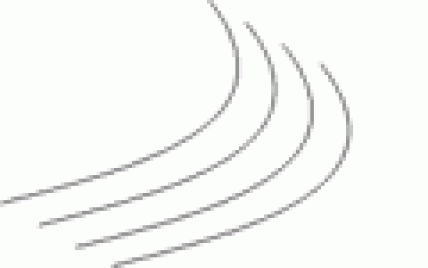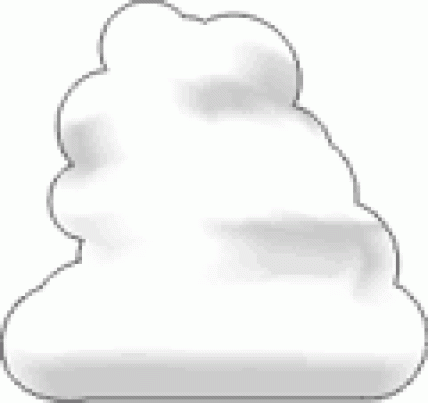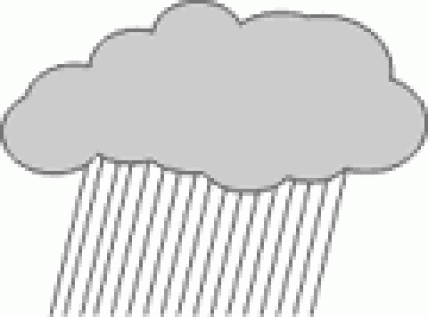This week, Amy challenges us to post some beautiful sky or cloudscapes.
what can I say, great topic. I have so SO many cloud and sky shots. When in a car I live watching the clouds, more often than not we have clouds in the sky here in Finland, it is m feeling, not an actual fact, but let’s go with that anyways. I did dig up some information about clouds, if not interested skip that and just view the photos. That is my thing anyways… enjoy. And Thanks Amy this was just up my kind of topic.

These are cloud types in Northern Hemisphere
 | Cirro-form The Latin word “cirro” means curl of hair. Composed of ice crystals, cirro-form clouds are whitish and hair-like. There are the high, wispy clouds to first appear in advance of a low-pressure area such as a mid-latitude storm system or a tropical system such as a hurricane. |
 | Cumulo-form Generally detached clouds, they look like white fluffy cotton balls. They show vertical motion or thermal uplift of air taking place in the atmosphere. They are usually dense in appearance with sharp outlines. The base of cumulus clouds are generally flat and occurs at the altitude where the moisture in rising air condenses. |
 | Strato-form From the Latin word for “layer”, these clouds are usually broad and fairly wide spread, appearing like a blanket. They result from non-convective rising air and tend to occur along and to the north of warm fronts. The edges of strato-form clouds are diffuse. |
 | Nimbo-form Howard also designated a special rain cloud category which combined the three forms cumulo + cirro + stratus. He called this cloud “nimbus”, the Latin word for rain. The vast majority of precipitation occurs from nimbo-form clouds and therefore these clouds are generally the thickest. |
Clouds in the Northern Hemisphere can vary depending on the latitude, season, and weather patterns. For example, in the mid-latitudes of the Northern Hemisphere, clouds tend to form ice more often and contain less liquid water than in the Southern Hemisphere. This is because the air in the Southern Hemisphere is cleaner and has fewer aerosol particles for cloud droplets to freeze around.

One of the most interesting types of clouds that can be seen in the Northern Hemisphere are noctilucent clouds, which are the highest clouds on Earth and can only be observed at night during summer months. They are made of tiny ice crystals and reflect sunlight from below the horizon, creating a blue or silver glow.

Noctilucent clouds are only visible at night during summer months because they are very high up in the atmosphere, around 76 to 85 km (249,000 to 279,000 ft), and they need very cold temperatures and low pressure to form. They also need sunlight to illuminate them from below the horizon, which only happens during astronomical twilight in summer at high latitudes.












Above are clouds and skies from finland, below sunsets from all Sri Lanka (man gliding) next to it sunset in India, the red moon. Unser it a sunset and clouds in Key West, Florida. The very blue and red sunset is from Cape Verde. The last three are from Australia.







These first three are from are skies from Florida. Next two from France – Nice. Last row is Italy, USA – California and last Australia- NSW








I invite you to join us this week to, challenge hosted by Amy to post some beautiful sky or cloudscapes.


The seagull, the surfer and the moon shining on the water are my favorites of this beautiful set Ritva
Thank you Tina, the surfer is one of my favorites too
Amazing collection of images…
Thank you Brenda!
Those are gorgeous photos
Thanks you Thomas, glad you liked them!
Remarkable photos of the cloudscape, Ritva! The Southern Finland image is stunning.
Thank you Amy!
Love the softness you bring to so many of your skyscapes this week, Ritva.
Thanks you Donna!
Beautiful photos – several have lovely colors!
Thanks you Nora!
Fab collection.
Love the click from Srilanka.
Thank you, that is one of my all time favorites too
You are welcome.
Oh yes, I could imagine that you would have many photos of clouds! Your photos are beautiful (all of them) – they look magical and I love all the intense colours. Midnight in the summer in Finland is gorgeous and like others, I also like the surfer in Sri Lanka.
So, the air is cleaner here in the Southern Hemisphere – that’s good news 😉.
Amazing images Ritva!